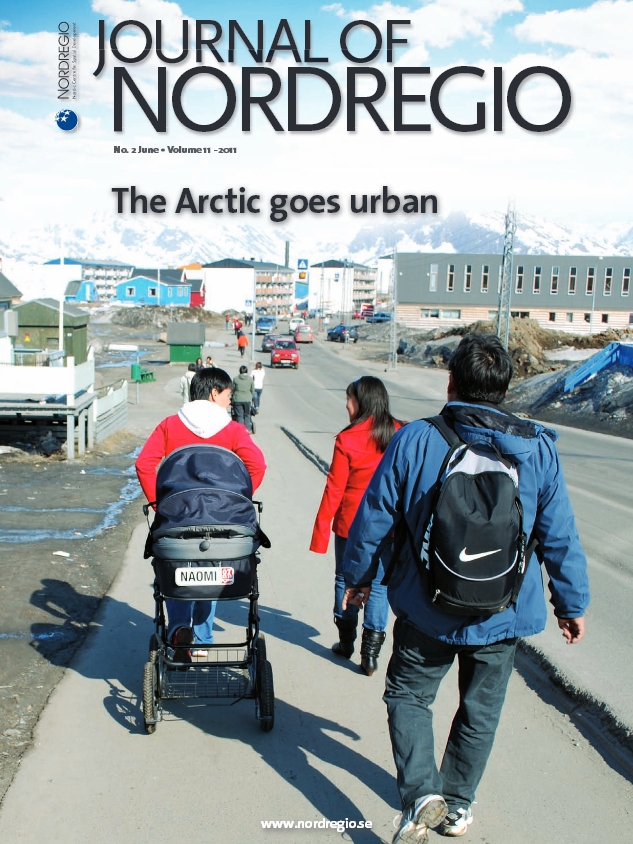The Arctic is often referred to as the bellwether of global climate change. According to the Arctic Climate Impact Assessment and the most recent assessment from IPCC, the warming rate is twice that of the global average, with predictions of further increases leading to substantial loss of Arctic sea ice and large-scale thawing of the permafrost. The Arctic has also been a bellwether for the impact of long-range transboundary air pollution, both regarding human health and how pollutants affect wildlife. Persistent organic pollutants (POPs) and heavy metals (e.g. mercury) are transported long distances through air and water, are deposited in the Arctic and bioaccumulate through the food chain. Some indigenous peoples have a high exposure to these pollutants, primarily through their diet. The goal of this project is to improve the effectiveness of EU environmental policies with respect to the Arctic region.
Though the people living in the Arctic and the ecosystems that sustain them are enduring the initial brunt of these environmental impacts, the region itself contributes little to the causes of climate change and production of pollutants.
In recognition of this inequity, the EU Arctic Footprint and Policy Assessment Project (EU Arctic Footprint) is a first attempt at calculating Europe’s contribution to the impact on the Arctic environment and inhabitants. At the same time, the project also examines the effectiveness of EU policies in mitigating Arctic impacts. Both of these assessments will be considered in relation to possible future scenarios. The overall goal is to improve the effectiveness of EU environmental policies with respect to the Arctic region, especially as relates to the implementation of existing policies and a new Arctic Policy for the EU.
Key project objectives include:
- Assessing the EU’s current footprint on the Arctic environment and evaluating how it could change over time (up to 2030).
- Analysing the effectiveness of the EU’s current environmental (and related) policies, and how this relates to the current and future footprint scenarios (up to 2030).
- Developing options to improve the effectiveness of the EU’s environmental (and related) policies in addressing the EU’s current and potential future footprint (up to 2030).
- Contributing to the implementation of the EU’s strategic initiatives and the policy objectives outlined in the Arctic Communication.
- Promoting the EU’s interest in international co-operation in the Arctic region by disseminating study results to a broad group of stakeholders and key experts.
More information about the project is available on the project website.




